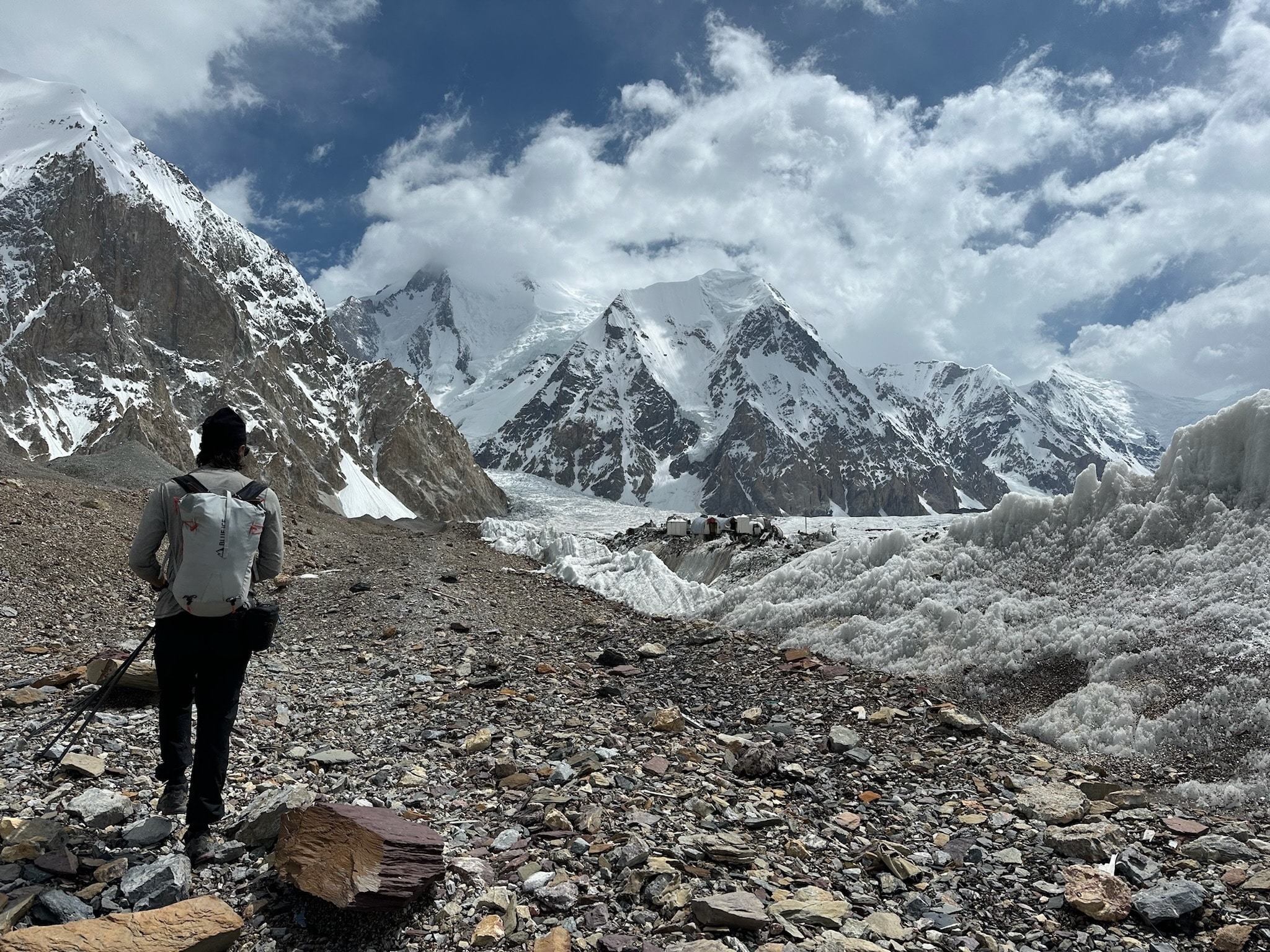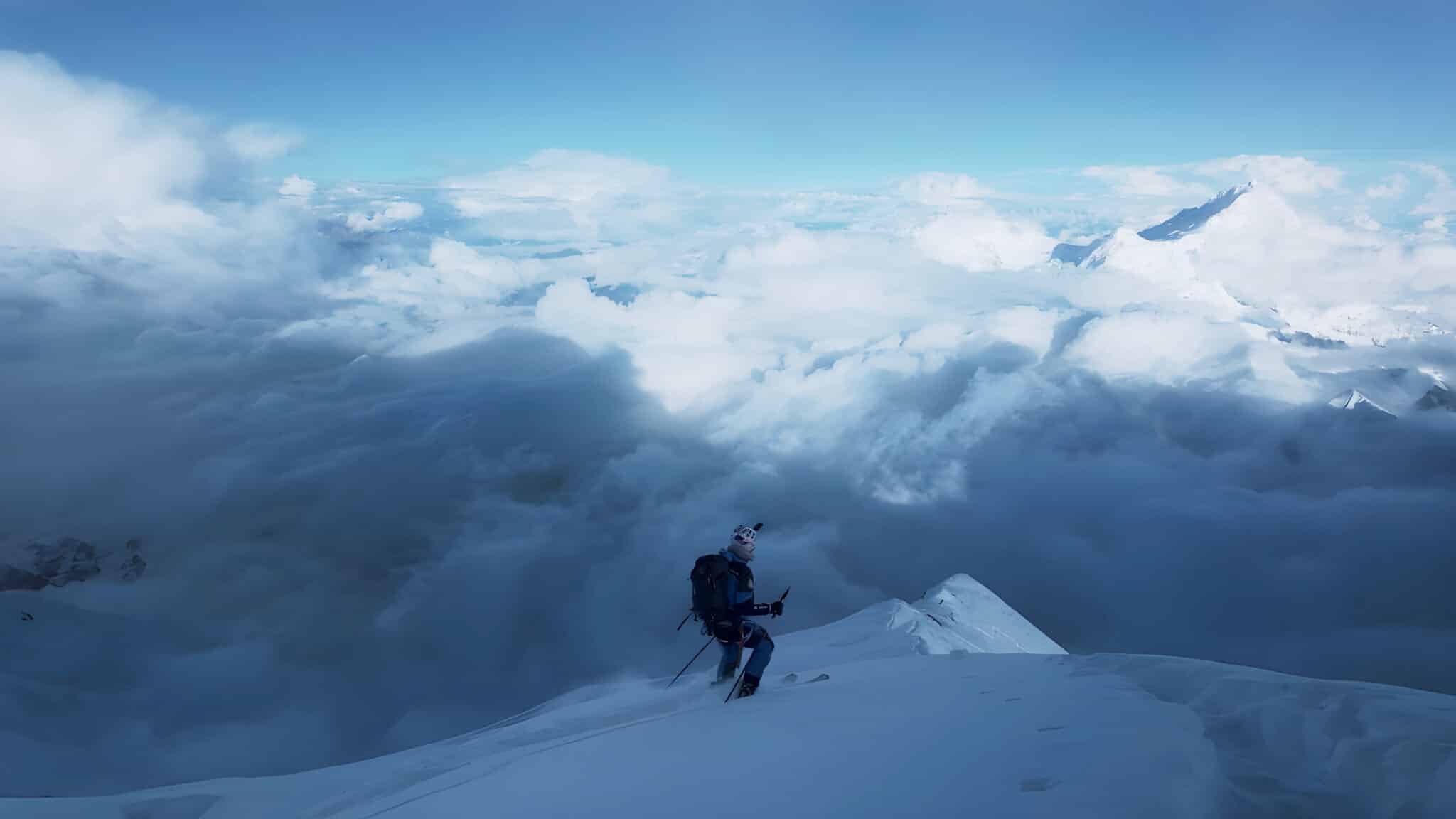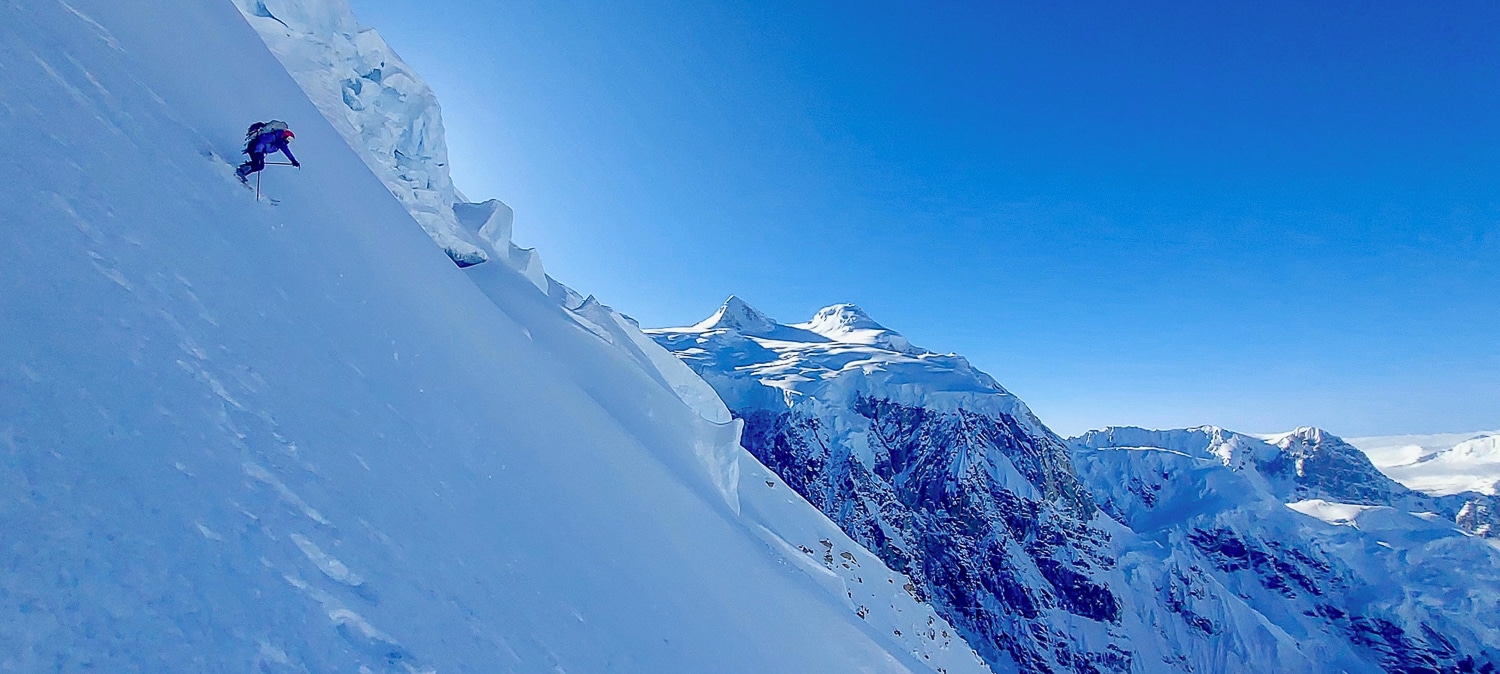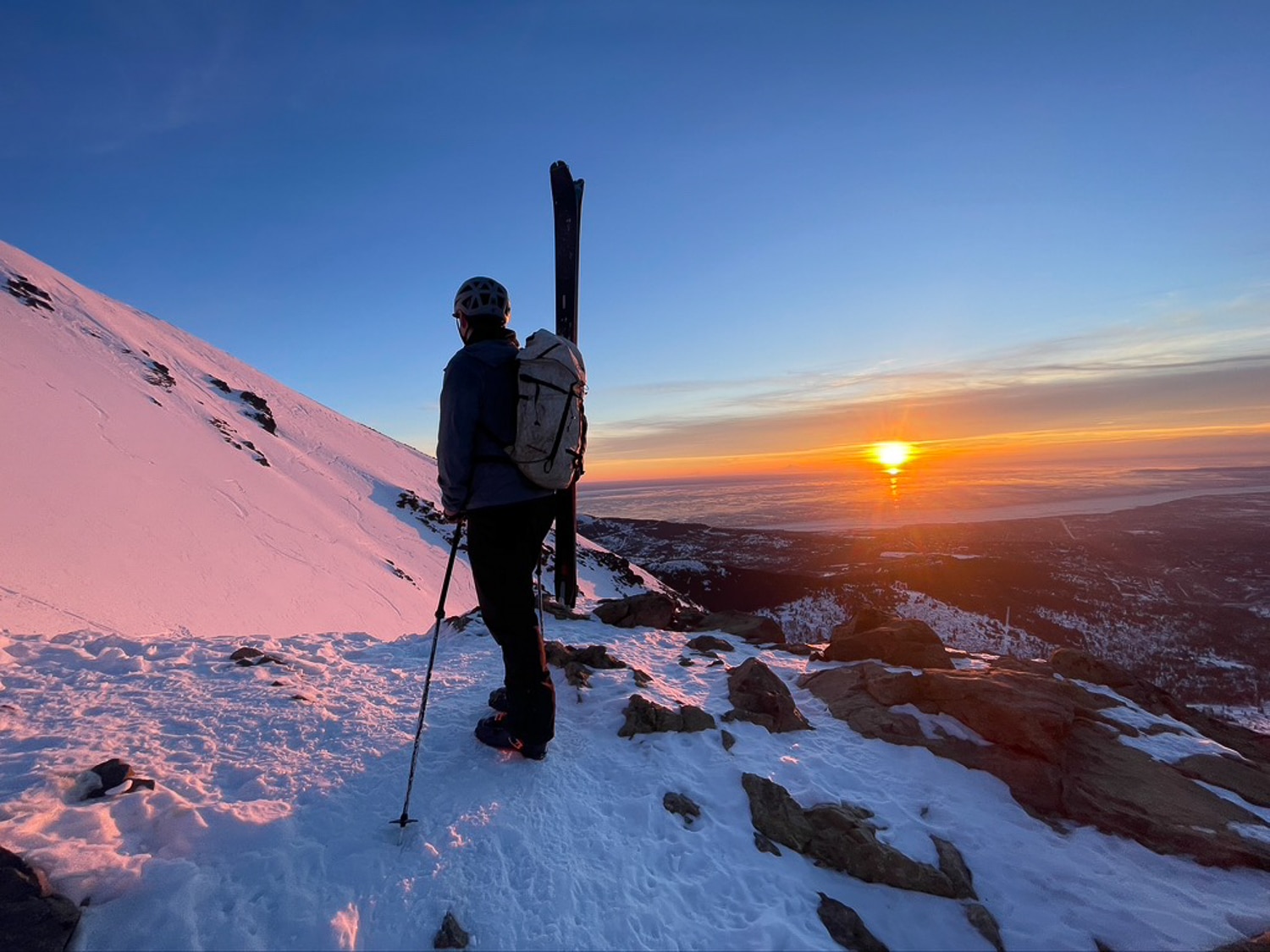Our skis or snowboards are extensions of our sense of touch. As such, we can tell many things about the snow as we tilt toward the fall line—imagining our first and second or third turns. Before that, you’ve skinned to the top and poked a pole to probe snow depth. Feeling for any vagaries about the snow you’re about to ride.
Density has been on my mind. First, in a recent article, I was reminded of the nuanced work of Vermont’s Wilson Bentley way back when. The piece claims Bentley was a “snowflake obsessive.” Bentley’s inquiries into the micro was when “snowflake” had less harsh connotations: snowflakes were simpler, I suppose, back then. Just frozen crystalline forms of water that piled up and was pretty damn sweet to slide on.
Density is also on my mind after this weekend. I learned, yet again, that there’s sometimes some dissonance between how we expect conditions to be and how they pan out. The first indication was the drizzle as I walked my pooch Riley on Sunday morning. I strolled along, mist forming on my glasses at Roughly 3500’ in elevation. Low enough for rain, high enough to dampen my optimism for cold snow in the hills. In short, the conditions did not align.
As we skinned up the first incline a few hours later, the humidity inside my hardshell matched outside atmospheric conditions. Clouds hung low. The snow, while not classically Cascade Cement, was more mashed potatoes than light and airy potato flakes. I was accompanied on this tour by two friends from the Wasatch, Barb and Pete, who were here for the long weekend. Although I don’t control the weather, I felt a meteorologist’s guilt after a broken promise of 6-12” of fluff. “Dude, the snow is great,” I heard from Barb and Pete. They are lemonade makers.
They are also used to 2,000 to 3,000-foot runs, and although it’s hyperbole—sometimes there’s truth in hyperbole—accustomed to the greatest snow on earth.






Leave a Reply
You must be logged in to post a comment.